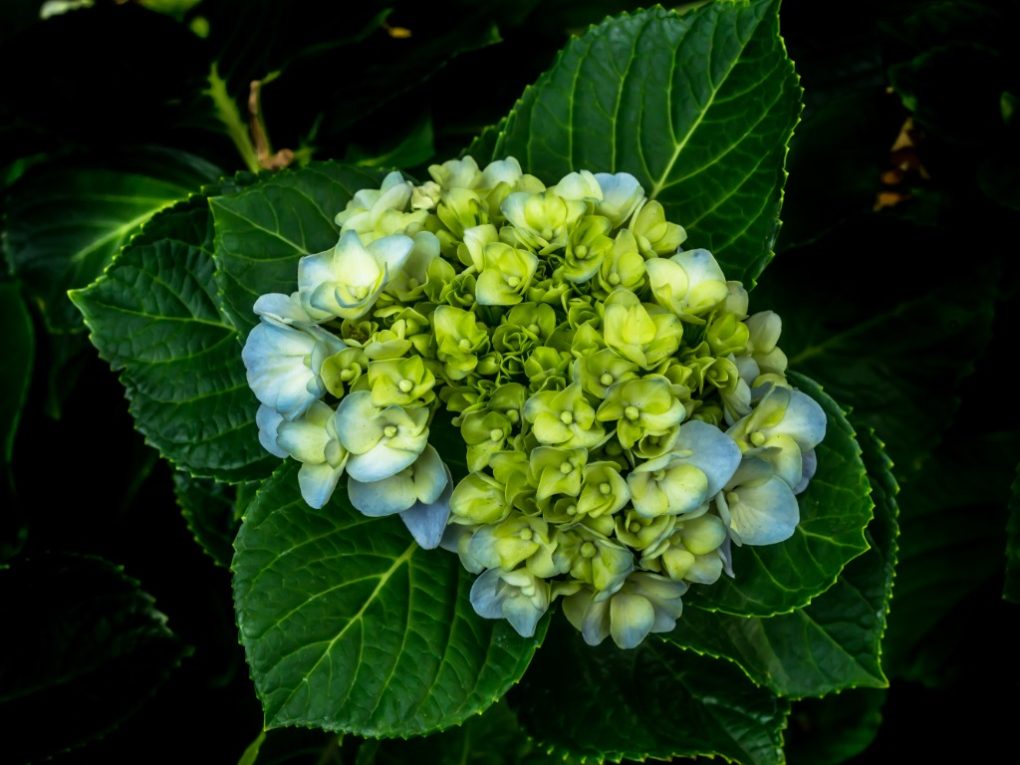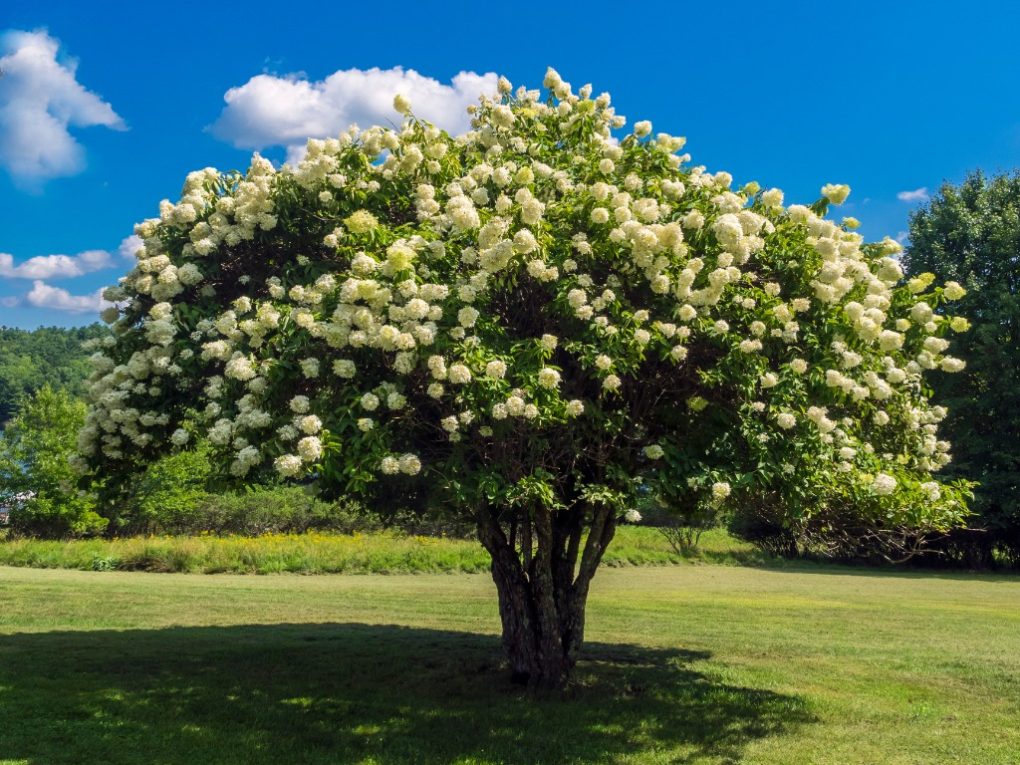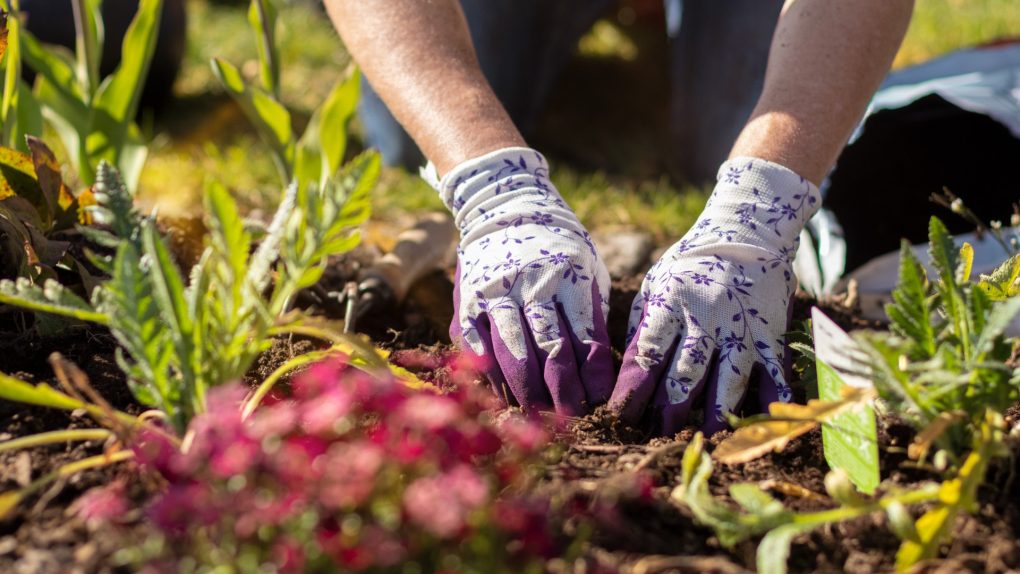Why Do Hydrangeas Turn Green: Understanding the Science Behind Color Changes
Hydrangeas are a popular plant known for their large, showy blooms that come in various colors, but sometimes these blooms can turn green, leaving gardeners wondering why this happens.
Hydrangeas turn green primarily due to a decrease in acidity levels in the soil and a change in the availability of soil nutrients. These changes can be attributed to natural processes, such as the decomposition of organic matter, or external factors, like the addition of fertilizers or amendments that alter the soil’s pH.

Additionally, some hydrangea varieties naturally progress to a green hue as they age. The green color may appear at the end of the blooming cycle due to a decline in anthocyanin pigments responsible for the blue or pink colors. Environmental factors like sunlight exposure or temperature changes can also influence the fading and greening of hydrangea blooms.
Table of Contents
What Causes Hydrangeas to Turn Green?
Hydrangeas are known for their beautiful and vibrant colors, but sometimes they can turn green. This can be a source of confusion and disappointment for gardeners, but there are several reasons why this can happen.
Soil pH and Aluminum Availability
One possible reason hydrangeas turn green is the soil pH and aluminum availability. Hydrangeas require a slightly acidic soil pH to produce blue flowers. If the soil pH is too high, the flowers will turn pink. However, the flowers will turn blue or green if the soil pH is too low. Additionally, aluminum availability plays a role in flower color. If not enough aluminum is available in the soil, the flowers will turn pink or red. On the other hand, if too much aluminum is available, the flowers will turn blue.
Variety of Hydrangea
Another factor that can cause hydrangeas to turn green is the variety of the plant. Some hydrangeas, such as the PeeGee hydrangea, naturally turn green as they age. This is not a cause for concern and is simply part of the plant’s natural life cycle. However, if a hydrangea not known for turning green suddenly does so, it may be due to other factors.

Environmental Factors
Environmental factors can also play a role in hydrangeas turning green. Heat and humidity can cause the flowers to dry out, leading to a lack of pigment production. This can result in green flowers. Additionally, if the plant is not getting enough water, it may not be able to produce enough pigment for the flowers, which can also cause them to turn green.
Overall, there are several reasons why hydrangeas can turn green. First, by understanding these factors, gardeners can take steps to ensure that their plants produce the vibrant colors they desire.
How to Prevent Hydrangeas from Turning Green
Hydrangeas are a popular flowering plant known for their beautiful, vibrant blooms. However, sometimes these blooms can turn green, which can disappoint gardeners. Here are some tips to prevent hydrangeas from turning green:
Soil Amendments
Hydrangeas prefer slightly acidic soil with a pH between 5.2 and 6.2. If the soil is too alkaline, the flowers may turn green. To prevent this, gardeners can add soil amendments such as sulfur, peat moss, or aluminum sulfate to lower the pH of the soil. However, it’s important to note that adding too much sulfur can harm the plant, so it’s best to follow the manufacturer’s instructions.
Fertilization
Hydrangeas require regular fertilization to maintain healthy growth and vibrant blooms. However, using the wrong fertilizer or applying too much can cause the flowers to turn green. To prevent this, gardeners should use a fertilizer specifically formulated for hydrangeas, and follow the manufacturer’s instructions for application. It’s also important to avoid fertilizing too late in the season, as this can cause the plant to put energy into leaf growth instead of flower development.

Pruning
Pruning is an important part of hydrangea care, as it helps to promote healthy growth and prevent disease. However, pruning at the wrong time or too aggressively can cause the flowers to turn green. To prevent this, gardeners should only prune hydrangeas in the late winter or early spring, before new growth begins. They should also avoid removing more than one-third of the plant’s total growth, which can stress the plant and affect flower development.
By following these tips, gardeners can help to prevent their hydrangeas from turning green and enjoy beautiful, vibrant blooms all season long.
